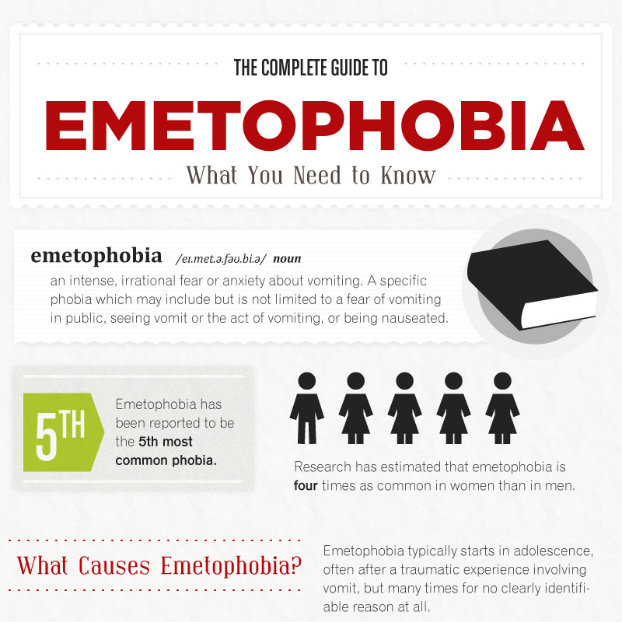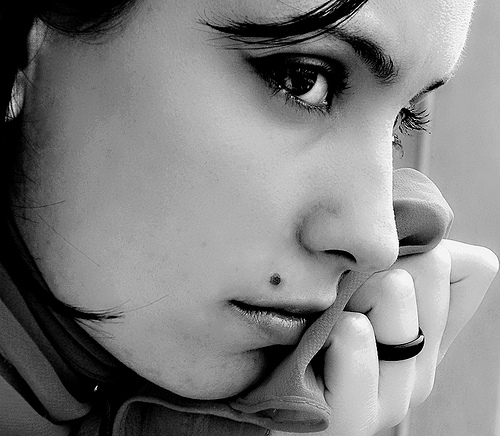Generalized anxiety disorder (or “GAD”) is an anxiety condition that can have broad-reaching effects on a person’s life.

A number of anxiety disorders are characterized by fear and unease related to a certain object or situation. GAD, however, tends to cause anxiety in more than one area, often without cause. For example, while a phobia of snakes is focused mainly on situations that could lead to seeing a snake, GAD can make someone feel nervous about anything from school, work, finances or health (even without having a reason to be uneasy about these things).
While many people feel worried about things like work and health, a person who has generalized anxiety usually thinks about them more frequently than necessary and tends to dwell on the possibility of something bad happening.
A healthy person knows how to stop ruminating on negative thoughts, especially if there is nothing he or she can do to improve a situation. A person with GAD may feel unable to escape the unpleasant worries.
According to the Health & Wellness Resource Center, generalized anxiety disorder “afflicts between 2-3% of the general population, and is slightly more common in women than in men.” The publication also mentions that it is quite common for people to be advised to see a psychiatrist about generalized anxiety.
Symptoms listed on the site include “restlessness,” “[fatigue],” “difficulty concentrating,” “irritability,” and “sleep disturbance.” This shows that, in addition to being overly anxious, someone with GAD might be more easily provoked and have difficulty falling asleep or staying asleep (insomnia).
Treatment of Generalized Anxiety
Treating GAD usually involves anti-anxiety medications prescribed by a doctor/psychiatrist and therapy. Some people may benefit from therapy by itself or from a low dosage of medication for a certain period of time. In general, a combination of drug therapy and talk therapy with a licensed mental health professional are considered standard, effective treatment.
The publication mentioned above also encourages people to try relaxation techniques such as breathing exercises (often used in yoga) and distraction (which involves deliberately turning your attention to something less stressful than an anxiety-inducing object, thought or situation).
Relaxation techniques and distraction are useful because they can be taught in a structured setting, such as therapy, or learned and practiced in the comfort of one’s home.
Searching the Internet for helpful relaxation strategies can be beneficial for people who are unable to visit a therapist in person. However, one should keep in mind that not all resources on the Internet are credible. It is best to stick to well-established sources like WebMD and the US National Library of Medicine site.





